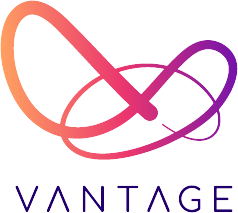I had an interesting experience.
I was meeting a very well-respected and experienced hotelier who shared a story about why broken curtains are the bell boy’s fault.
The story goes as follows, as they were building a high-end hotel under a luxury flag, the decision was made to put in electric curtains—press a button and open the curtains. Given the luxury décor, putting a button on the wall was a non-starter. The technical strategy to use the TV remote to open the curtains was chosen.
Though its not intuitive to use the TV remote to open the curtains, they reasoned that the role of the bell boy was to explain the features of the room to guests.
You can guess what happened next…
One of the lowest paid front-of-house employees was left to ensure a successful customer experience. For those who often stay in hotels know, the desire to get settled in your room outweighs the need for a room explanation from the bell boy.
The net of the story was they had very upset customers, many broken expensive electronic curtains, and a TV remote integration that was essentially useless.
While this story is not specifically IOT-related, it exemplifies the issue perfectly—just because you can introduce technology doesn’t mean you should.
The IOT market is expected to exceed USD $1.1 billion by 2026 and there will be over 25 billion connected devices, but will it be worth it? What about the security risks associated with the explosive growth of connected devices?
In the amusement and hospitality industry, IOT is primarily viewed as a tool to drive guest experience, however the Vantage team would contend that guest experience alone is not enough to justify the expense and risk of IOT investments. We would argue that the investment only makes sense if it will both drive the guest experience and inform operations. The operations team can analyze the data to drive the next experience enhancement, park upgrade, and process improvement—a virtuous cycle.
Our approach to building our platform ensures we think about the guest journey and how to add value to it or remove friction from it. As we add features or integrations, we must be able to translate the guest activity into data that can be contextualized with data we already create or gather. This process helps ensure we have features that are valued by our customers and their guests, not just technology-enabled curtains. If we can’t achieve both goals, then digitizing the process is probably not worth it. Technology for technology’s sake isn’t always the answer.


